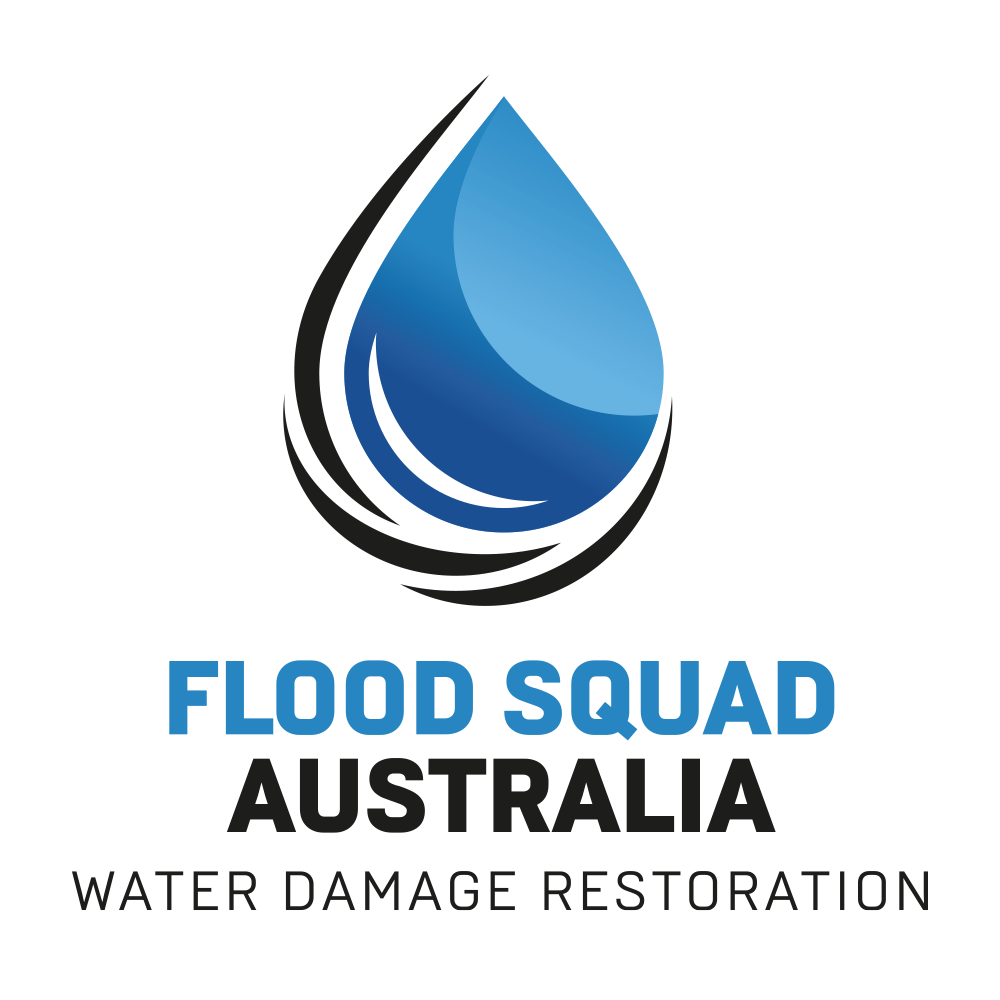Water damage can be a homeowner’s worst nightmare. It can strike at any time, caused by anything from a burst pipe to a natural disaster.Understanding the water damage repair process is crucial. It can help you take immediate action and minimise the damage to your property.This guide aims to provide a comprehensive overview of the process. From identifying the source of the water damage to the final stages of restoration, we’ll cover it all.We’ll also delve into the importance of professional help in these situations. Water damage repair isn’t just about drying out your property. It’s about ensuring the safety and health of your living environment.Lastly, we’ll touch on the role of insurance in repair. We’ll guide you on how to navigate the often complex claims process.By the end of this guide, you’ll have a solid understanding of repair and restoration. You’ll be better prepared to handle such situations, should they arise.
Immediate Steps to Take After Water Damage
The moment water damage occurs, acting quickly is vital. Quick action can significantly limit the extent of the damage.First, ensure everyone’s safety. Avoid entering water-logged areas due to potential electrical hazards.Next, identify the water source and stop it, if possible. This action is crucial to prevent further damage.
Here are some immediate steps to take:
- Turn off electricity to affected areas.
- Remove essential belongings from the water’s reach.
- Contact a professional restoration service promptly.
Keep in mind that standing water can worsen quickly. Mould can start growing within 24 hours, posing health risks. Acting swiftly can save both time and money in repairs.
Identifying the Source and Stopping Water Flow
The first step in repair is identifying the source of the water. It could be a burst pipe, a leaky roof, or a backed-up drain.Once located, it’s essential to halt the water flow immediately. Shutting off the main water valve might be necessary in some cases.Time is of the essence, so act swiftly to minimise further damage. The longer the water flows, the more challenging the repair process becomes.Professional assessment can be beneficial to ensure all potential water sources are addressed. This ensures that no lingering issues remain.
Safety Precautions During Repair
Safety should always be a top priority during repair. Before entering the affected area, ensure it is safe.Check for electrical hazards such as exposed wires or wet outlets. Turn off electricity if needed to prevent electrocution.Wear protective gear like gloves and boots to avoid contact with contaminated water. This step is crucial for personal safety.If the damage is extensive, it’s wise to consult professionals. They have the expertise to handle hazardous situations efficiently.
Professional Assessment and Planning
After ensuring safety, a professional assessment is the next crucial step in repair. Experts evaluate the extent of the damage thoroughly.Professional water damage restoration services utilise advanced tools. These tools help in precisely identifying all affected areas and hidden damage.Creating a comprehensive restoration plan is essential. This plan outlines all necessary steps, timelines, and costs involved in the repair process.During the assessment, restorers determine if the water is clean, gray, or black. This classification affects the cleaning and treatment methods used.Professional planning ensures effective water damage restoration. It helps prevent future issues and restores the property to its pre-damage condition.
Water Extraction Process
Water extraction is a critical stage in repair. It involves removing standing water from the property quickly.Professional water extraction uses high-powered pumps and vacuums. This equipment efficiently extracts large volumes of water.Swift removal of water minimises further damage. It helps prevent the onset of mould and structural issues.Experts ensure every drop is extracted, leaving no residual moisture. This thoroughness is key to a successful restoration process.
Drying and Dehumidification
After water extraction, drying and dehumidification are essential. This step ensures that all materials in the affected area are thoroughly dried.High-tech dehumidifiers and air movers are used. They remove moisture from materials like drywall and carpets effectively.Continuous monitoring of moisture levels is necessary. This step confirms that the drying process is complete and successful.Proper drying prevents mould growth and further structural damage. It also ensures a healthy indoor environment post-restoration.
Cleaning, Sanitising, and Mould Prevention
Cleaning and sanitising are crucial parts of the repair process. These steps help address potential contamination.Sanitising surfaces prevents health hazards. It ensures that the property is safe for habitation once again.Professional-grade cleaning agents are often used. They effectively kill bacteria and other harmful microorganisms.Mould prevention is a significant concern following water damage. Moisture left unchecked can lead to mould growth.Antimicrobial treatments are commonly applied during this phase. These treatments help inhibit mould and mildew development, safeguarding your property.
Restoration and Reconstruction
Once cleaning and sanitising are completed, restoration begins. This phase focuses on returning the property to its pre-damage state.Repairs might be minor or extensive, depending on the damage. You could need simple fixes, like painting or drywall replacement.More severe damage may require major reconstruction. This could involve structural repairs and replacing large sections of flooring or roofing.Restoration not only addresses visible damage but also ensures safety and functionality. Professional contractors will ensure all building codes are met.
Navigating Insurance Claims for Water Damage
Dealing with insurance after water damage can be daunting. Understanding your coverage is crucial.Start by thoroughly documenting the damage. Take photos and notes before any repair work begins.Contact your insurance provider promptly. They will guide you through the claims process and inform you about necessary documentation.Many restoration companies offer assistance with claims. They can provide estimates and help negotiate with the insurance adjuster. This support ensures you get the most from your policy.
Choosing the Right Repair Service
Selecting a repair service is critical. Experience and certification should be top considerations.Look for companies with industry credentials. This ensures adherence to professional standards.Read reviews and ask for references. Feedback from previous clients can offer insight into the company’s reliability.Ask about the equipment and techniques they use. Advanced technology can lead to more efficient and effective repairs.
Preventative Measures and Maintenance Tips
Preventing water damage starts with regular maintenance. Routine checks can spot early signs of leaks or damage.
Here are some preventative measures to consider:
- Inspect your roof and gutters for debris.
- Check for pipe leaks under sinks and behind appliances.
- Seal windows and doors to prevent water intrusion.
- Maintain slope away from the foundation to prevent pooling.
- Install a sump pump for basement protection.
Regular checks can save costly repairs later. Prevention is always easier and cheaper than restoration.Staying proactive helps maintain your property’s value and integrity. It also ensures a safer living environment.
Conclusion: Restoring Your Property and Peace of Mind
Water damage repair is more than just fixing walls and floors. It restores your home and your comfort. Quick and thorough action is crucial for a successful outcome.Working with professionals ensures a comprehensive restoration. Their expertise brings efficiency and peace of mind. They tackle not just the visible damage but also hidden issues.By understanding the repair process, you can better manage challenges. Protecting your property today secures its future against water damage.


